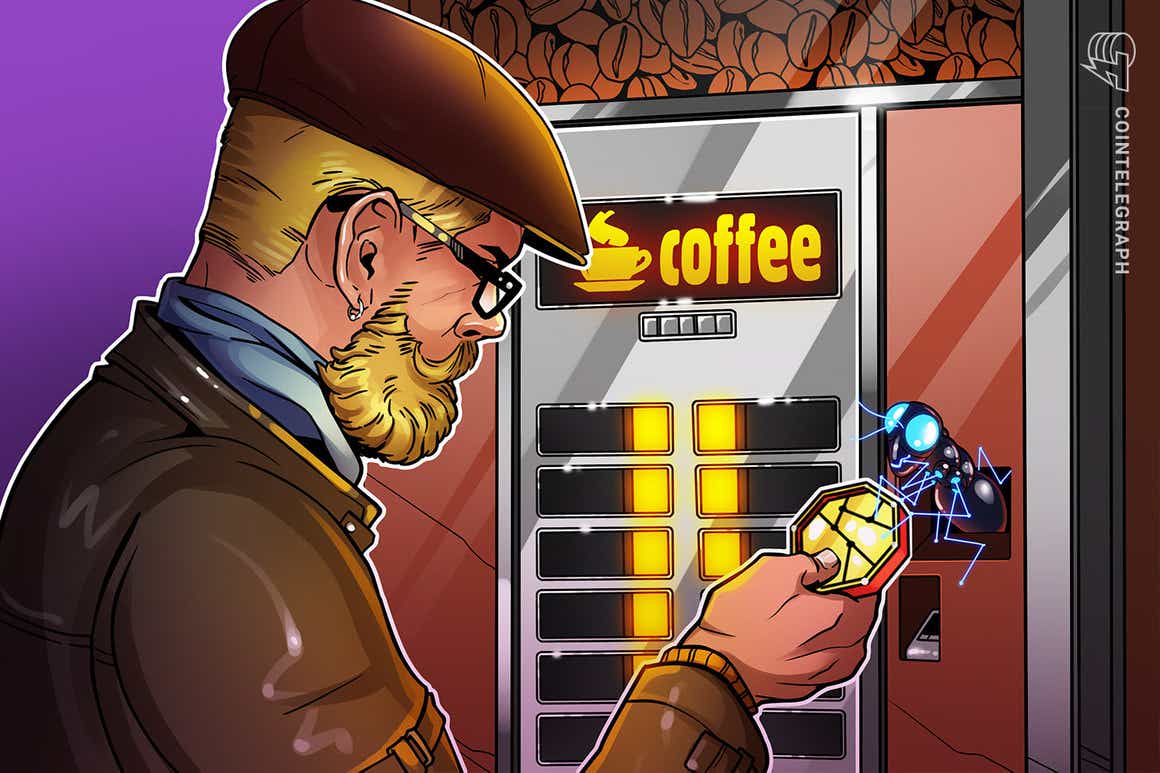I recently came across Marc Andreessen’s article from 2014 on Bitcoin (BTC). In many ways, it is visionary (no surprise). I have been in the indust
I recently came across Marc Andreessen’s article from 2014 on Bitcoin (BTC). In many ways, it is visionary (no surprise). I have been in the industry for four years now, with most of my focus being on the social impact of blockchain. It is astonishing to me that in 2014, before there was any institutional presence in Bitcoin — or, indeed, a popular understanding of this new technology — Andreessen was able to outline its potential economic and social impact for the future.
Nearly eight years after he inked his words, I would like to address one of the topics from his article: micropayments. I will explore how blockchain could help transform micropayments and thus enable not only the monetization of certain aspects of businesses that are in need of a solution but also could assist society’s most vulnerable.
Micropayments
Micropayments are not a new concept. Since the mid-1990s, micropayments have experienced various degrees of popularity. By definition, micropayments are transactions with a value smaller than a certain threshold. Importantly, below that threshold, the transaction fee incurred becomes a significant portion of the total transaction value and, consequently, not economical. Another important aspect is that due to the minuscule monetary amounts, micropayments refer only to digital transactions of non-tangible goods. Any additional cost of handling and shipping might mean a hundredfold increase of the original transaction value, making it utterly irrelevant.
Credit card companies offer merchants various types of price plans for the fees they charge. These plans usually comprise a lump sum charged per transaction and a percentage charged out of it. Not surprisingly, this information is not openly available from the card companies themselves, rather it’s published by others who compare these rates as a service for merchants. Within that context, let us examine what fee a merchant would be charged for a micropayment.
We assume the following:
● The lowest fee we uncovered was 1.29% of the transaction value, and no lump sum fee was charged.
● Since the smallest building block of (most) fiat currencies is 1/100 of the whole — i.e., $0.01 — this would be the minimum fee the credit card company charges, regardless of if it is higher than 1.29%.
Charting the proportion of the transaction fee as a function of the transaction value, we get the chart below. For example, a $0.01 transaction incurs a fee of 100%, while the fee on a $0.10 transaction is “only” 10%. Naturally, this goes to show the irrationality of carrying out micropayment transactions under these payment platforms.

Blockchain has a solution
However, there is now an alternative. Blockchain technology provides the perfect solution for micropayments, for many reasons. It provides the infrastructure for digital payments that are getting faster by the day, and importantly, the minimum payment unit of both Bitcoin and Ether (ETH) is incredibly small, as displayed in the table below:

In addition, crypto wallets are easily embedded in any digital device, whether a mobile phone, laptop or any other Internet of Things device. And while fees may vary greatly on various networks and on different occasions, fees are not an issue with many protocols and may reach as low as fractions of a cent.
Last, but certainly not least, is user privacy. Due to blockchain’s asymmetric encryption, the payer exposes only their public address when paying, which provides practically no information for someone who is looking to hack their wallets. Unfortunately, the same does not go for a credit card transaction, which requires the payer to share their full credit card number and hope the payment platform is properly secured.
Related: The crypto industry royally screwed up privacy
Real use cases for micropayments
Now that the technological aspect is covered, only one question remains: Can I get anything for a millionth of a dollar? Well, I am not sure about a millionth, but there are many use cases for micropayments. Below are a few:
Alternative to the subscription model: There is no point in reiterating the economic reasoning behind the subscription model for consuming online content and its success in recent years, whether it is video content, music, newspapers, etc. While there are multiple advantages to this model, it is far from perfect and still has certain caveats. For instance, what if someone would like to buy just a single item rather than commit to a subscription? Let’s assume that Alice is subscribed to two online magazines when she discovers an interesting article on a third one. She will not go for a third subscription, though she is willing to pay only for that article. From the magazine’s perspective, the article is already there, so why not charge someone for it? Micropayments allow both Alice and the magazine to maximize their economic utility.
Digital copyrights, royalties and referrals: As with the previous case, there is no need to explain…
cointelegraph.com
